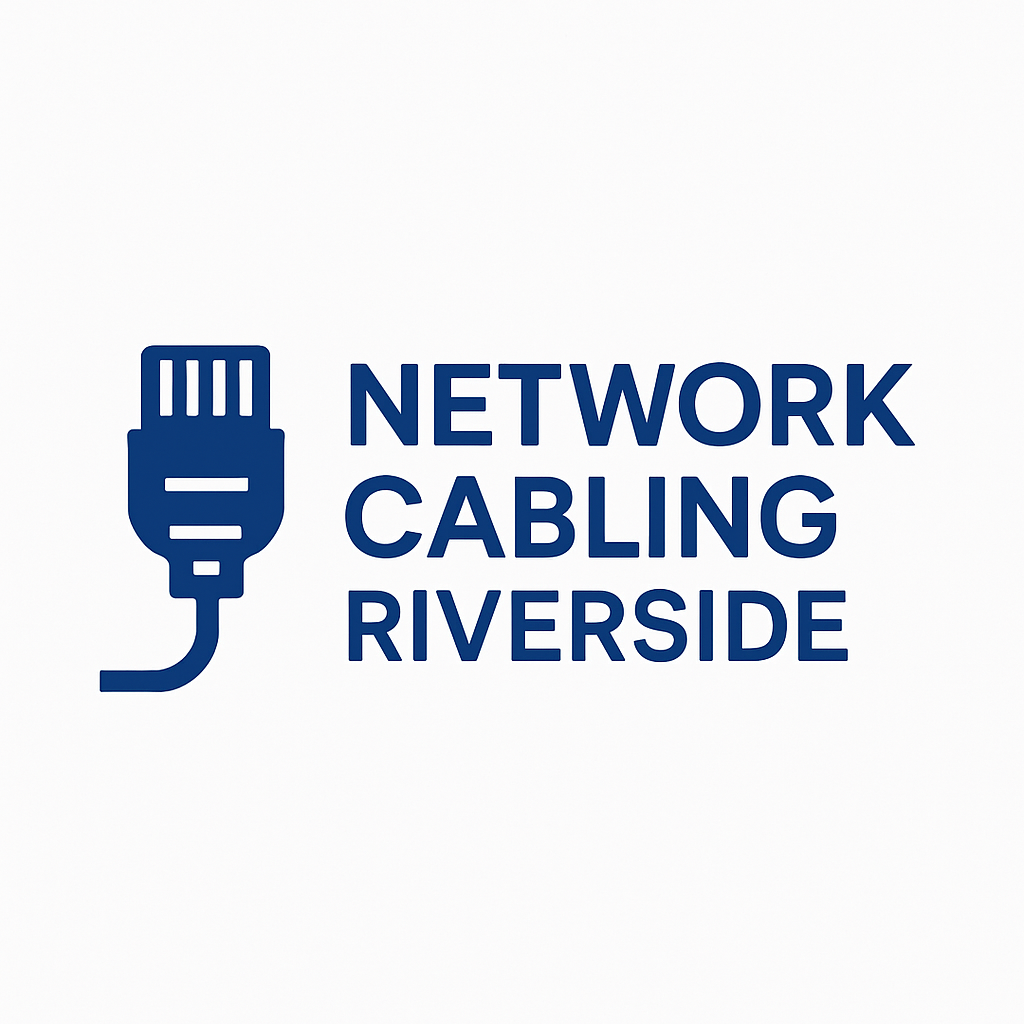Difference Between Cat5e and Cat6 Cables: Which Is Better for Your Riverside, CA Network?
When it comes to setting up or upgrading your network infrastructure in Riverside, CA, choosing the right type of Ethernet cable is essential. Two of the most common options are Cat5e and Cat6 cables. Both are used for network cabling in offices, schools, and homes, but they have different performance levels and capabilities. Understanding these differences can help you make a smarter investment for your specific networking needs.
What Are Cat5e Cables?
Category 5e (Cat5e) stands for “Category 5 enhanced.” It is an improved version of the older Cat5 cable, offering better performance and reduced interference. Cat5e cables are widely used for basic networking applications such as internet connections, office networking, and small business setups.
Key Features of Cat5e:
- Supports speeds up to 1 Gbps (Gigabit Ethernet)
- Bandwidth capacity of 100 MHz
- Effective for cable runs up to 328 feet (100 meters)
- Minimizes crosstalk compared to older Cat5 cables
- Ideal for home and small office networks
What Are Cat6 Cables?
Category 6 (Cat6) cables are a newer and more advanced standard. They are built with tighter twists and better insulation to reduce noise and interference, allowing for faster and more reliable data transmission.
Key Features of Cat6:
- Supports speeds up to 10 Gbps (10-Gigabit Ethernet) over short distances
- Bandwidth capacity of 250 MHz
- Improved shielding and reduced signal interference
- Suitable for data centers, commercial networks, and high-speed applications
- Backward compatible with Cat5e systems
Main Differences Between Cat5e and Cat6
| Feature | Cat5e | Cat6 |
|---|---|---|
| Speed | Up to 1 Gbps | Up to 10 Gbps (at shorter distances) |
| Bandwidth | 100 MHz | 250 MHz |
| Crosstalk Reduction | Standard performance | Enhanced noise reduction |
| Ideal Use | Homes and small offices | Larger networks, data-intensive applications |
| Cost | More affordable | Slightly higher cost but better long-term performance |
Performance and Network Efficiency
If your Riverside business or home network relies heavily on streaming, cloud applications, or data transfer, Cat6 offers superior stability and speed. Its higher bandwidth ensures smoother performance even when multiple devices are connected simultaneously.
For more basic setups, such as browsing, email, or standard office work, Cat5e remains a cost-effective and reliable choice.
Installation Considerations
When choosing between Cat5e and Cat6 cables, consider the following factors:
- Future-proofing: Cat6 provides better long-term value as technology and bandwidth demands continue to grow.
- Budget: Cat5e is more affordable and may suffice for smaller networks.
- Distance: Both cables work effectively up to 100 meters, but Cat6’s speed advantage applies best within 55 meters.
- Environment: In areas with high electromagnetic interference, Cat6 cables with better shielding can offer more consistent performance.
Why Riverside, CA Businesses Are Upgrading to Cat6
Many businesses in Riverside are upgrading to Cat6 cabling due to increasing demands for faster internet speeds and more reliable connections. With the city’s growing commercial and industrial sectors, high-performance networks are essential for efficient operations, video conferencing, and data management.
Cat6’s improved structure and reduced interference make it ideal for modern smart offices, co-working spaces, and educational institutions throughout Riverside.
Which Cable Should You Choose?
Your choice between Cat5e and Cat6 depends on your specific needs:
- Choose Cat5e if you want a budget-friendly option for basic networking tasks.
- Choose Cat6 if you need high-speed performance and want to future-proof your network for upcoming technologies.
Conclusion
Choosing the right Ethernet cable is critical for the efficiency and reliability of your network in Riverside, CA. While Cat5e is sufficient for standard internet and office use, Cat6 provides superior performance, faster speeds, and a longer lifespan. If you’re setting up a new system or upgrading an existing one, investing in Cat6 cabling can deliver better long-term value and support the growing connectivity needs of your home or business.
